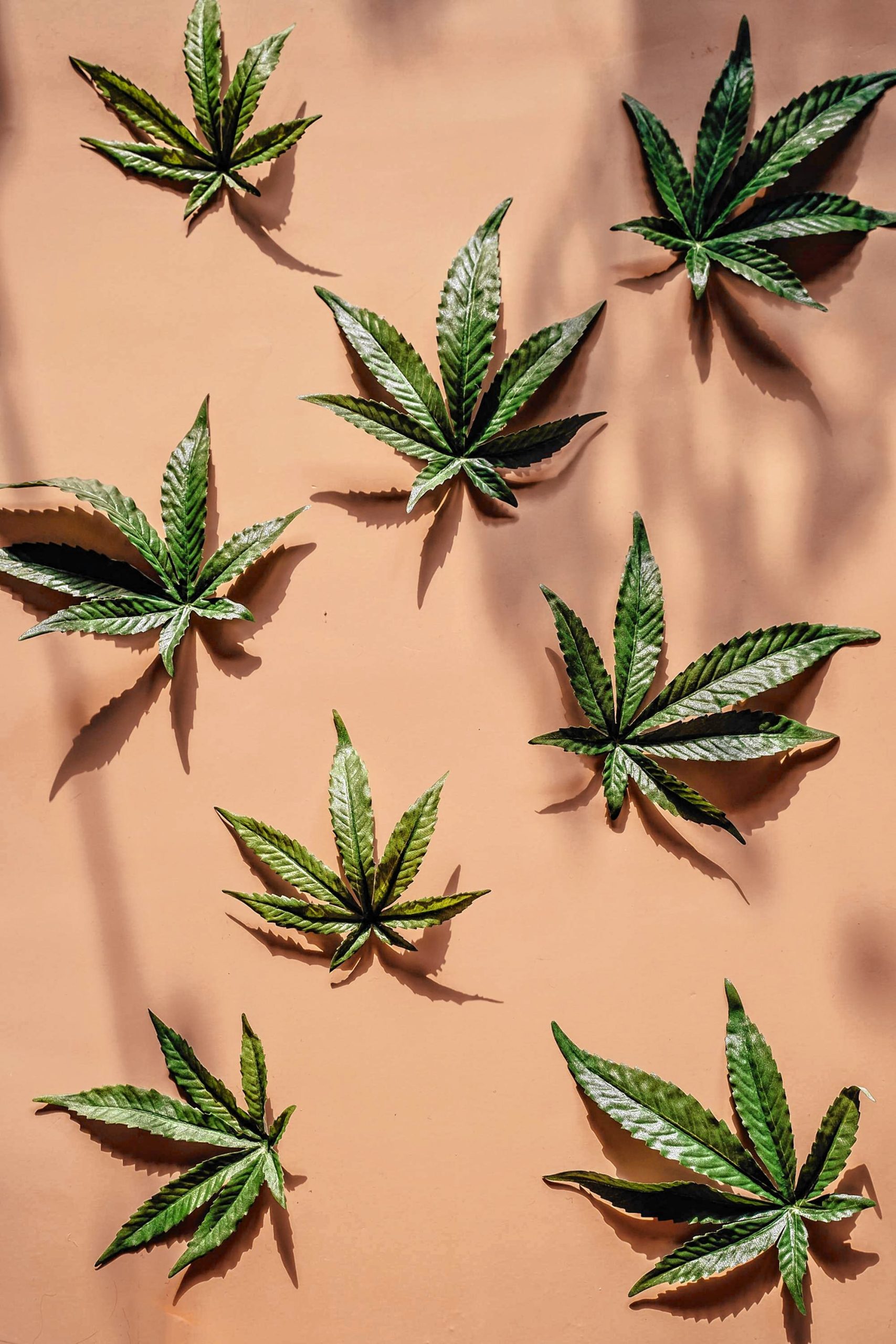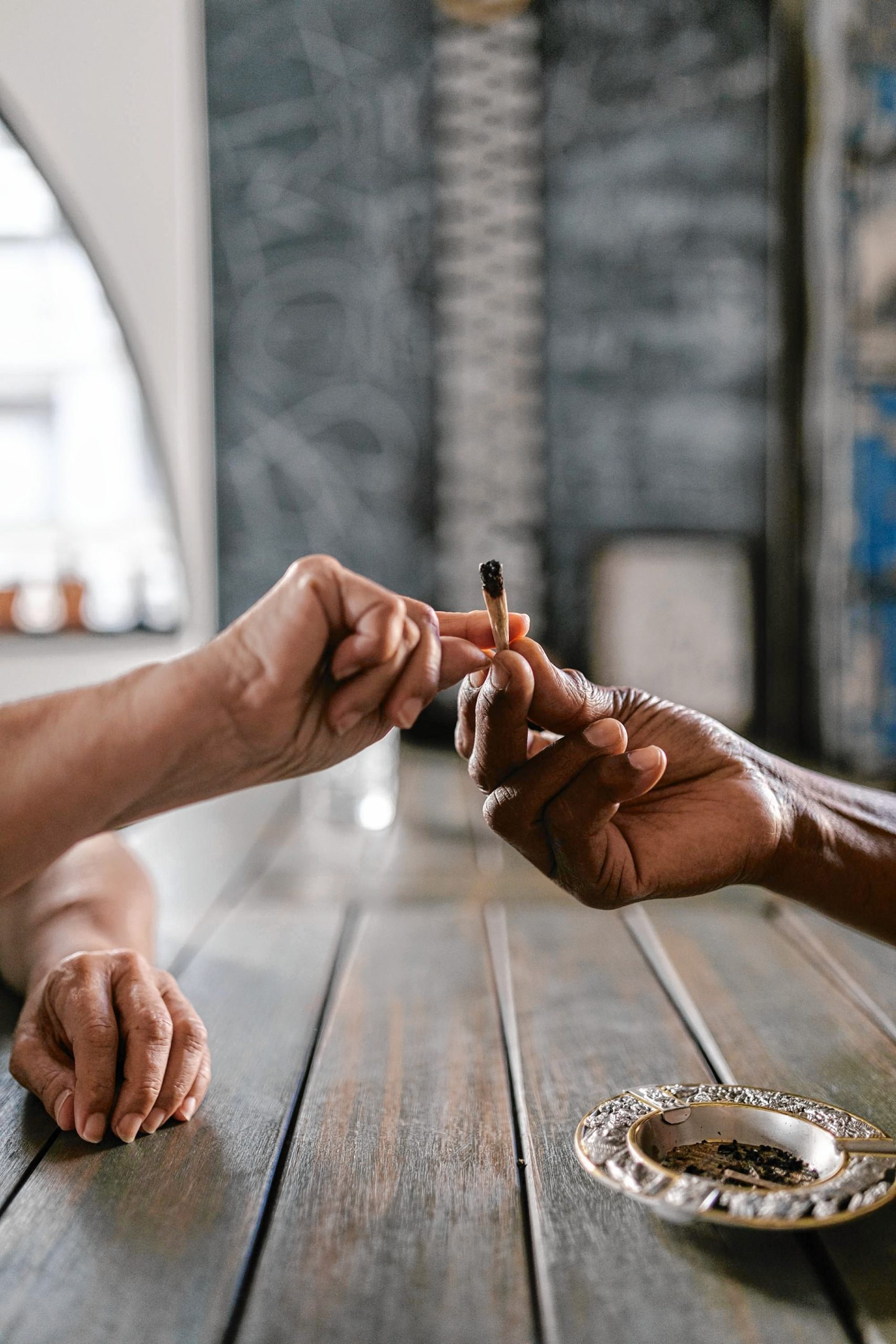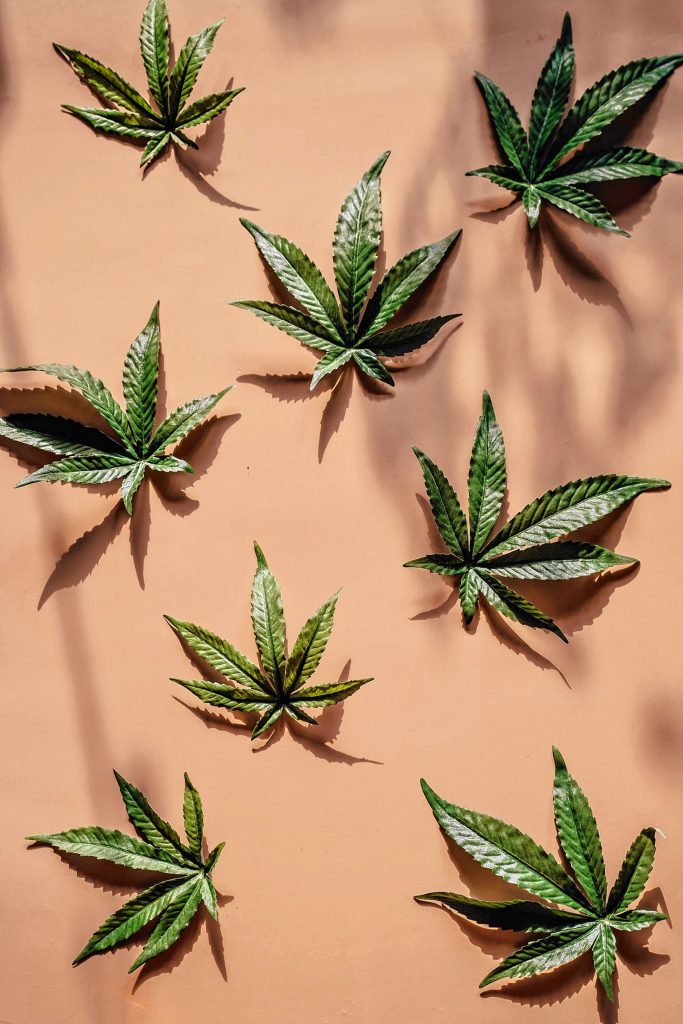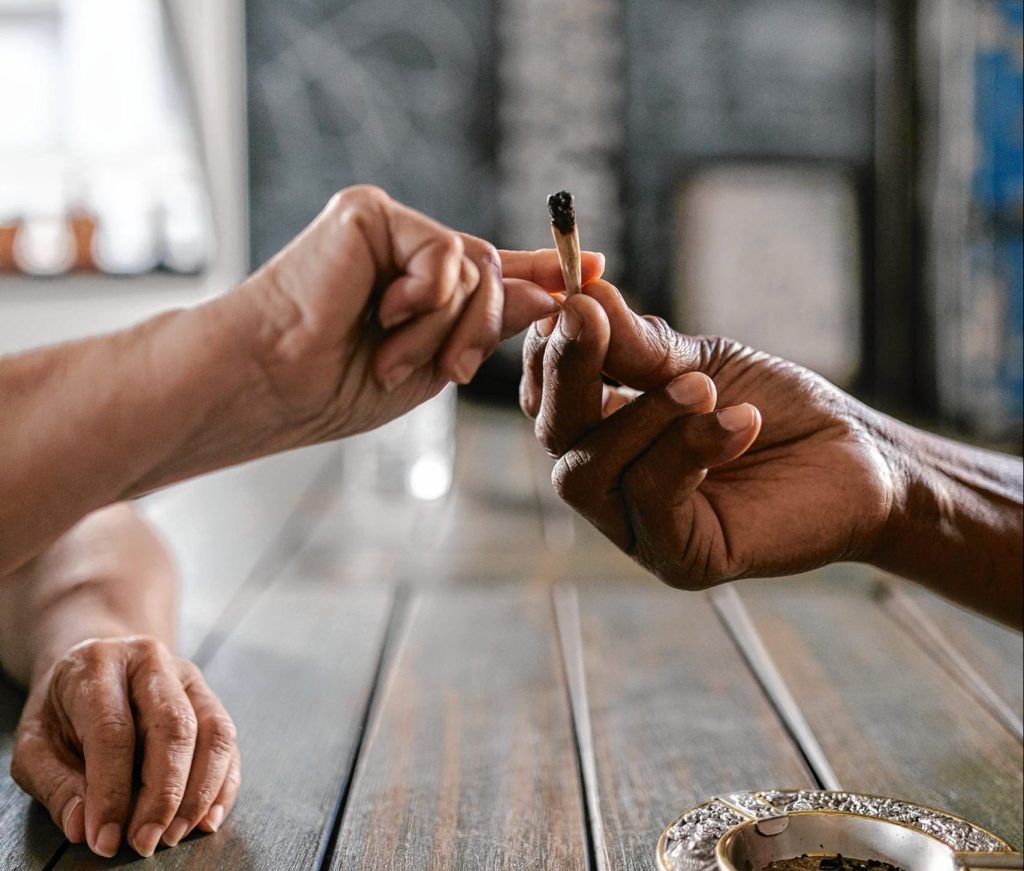By ROBIN GOLDSTEIN
For the Advocate
When you were studying for your driver’s license exam, you might have had to memorize the claim that a 12-ounce beer, a 5-ounce glass of wine, and a 1.5-ounce shot of tequila would each get you equally drunk.
In the years since, you might have noticed that this was nonsense. The premise is that each of these three drinks contains about 0.6 ounces of ethyl alcohol. But Chianti and Cuervo have totally different effects on you, and a hazy IPA might get you twice as buzzed as a Budweiser, even if it only has 30% more alcohol.
The problem is that no chemical measurement can reliably indicate how much something’s going to mess you up. Alcohol by volume (ABV) doesn’t correlate well with potency — we just don’t have any better measurement.
Measuring weed potency is an even thornier thicket. The consensus opinion is that the main “psychoactive ingredient” — the stuff that gets you high — is a molecule called tetrahydrocannabinol (THC). Percent THC by volume must be precisely measured and labeled on every package of legal weed.
Legal weed labels also contain lots of other information, including genetic lineage (“sativa,” “indica,” or “hybrid”) and strain (“Blue Dream,” “Sour Diesel,” etc.). But there’s huge variation within each of these categories, so it’s hard to know how these characteristics connect to the effects of the weed. As a result, many people choose weed by its percent THC.

PEXELS
Understanding weed potency is really about understanding your own body, and the truest route to knowledge is through the old-fashioned, scientifically unpopular method of experimenting on yourself by trial and error.
Higher-THC weed consistently sells for higher prices. In my own research, my colleagues and I have observed that consumers are willing to pay almost one dollar more per additional percent THC in a 1/8-ounce package of “flower” (i.e. the buds that you roll into a joint or smoke from a pipe). Expensive “high-grade” or “top-shelf” flower often has THC of 25% or more, whereas cheaper flower often measures below 20%.
Around America, as the weed market has become more competitive, THC levels have been rising like crazy. In California, flower with more than 30% THC is now common. All of this has led many watchdogs to complain that today’s pot smokers are getting way higher than hippies did in the 1960s. They also warn us that increasingly popular vape pens and cartridges, filled with concentrated oil with 80% to 90% THC, are much stronger than flower.
There is zero scientific evidence for any of this stuff. No peer-reviewed research has ever shown that higher-THC weed is more intoxicating than lower-THC weed. On the contrary, a 2020 study by University of Colorado researchers found zero association between THC potency and intoxication.
If THC is useless, how can you predict how high you’ll get from a particular weed product?
Rule number one is obvious: the more you consume, and the faster you consume it, the higher you’ll get.
Beyond this, nothing is clear. THC is just one among hundreds of possibly psychoactive cannabinoids and aromatic terpenes in weed. CBD is another. Each one interacts with your endocannabinoid system in a different way, and your high comes from their joint “entourage effect.”
To complicate things further, everyone’s brain and body responds to each cannabinoid and terpene differently. The same bud that mildly relaxes your next-door neighbor after three joints might send you to outer space with one puff.

PEXELS
THC is just one among hundreds of possibly psychoactive cannabinoids and aromatic terpenes in weed. CBD is another. Each one interacts with your endocannabinoid system in a different way, and your high comes from their joint “entourage effect.”
So understanding weed potency is really about understanding your own body, and the truest route to knowledge is through the old-fashioned, scientifically unpopular method of experimenting on yourself by trial and error.
The undisputed king of psychoactive self-experimentation was the chemist Alexander Shulgin (1925–2014), who synthesized and self-administered more than 250 psychedelic compounds and recorded their subjective effects on his mind in great detail using his “Shulgin Rating Scale.”
In the process, Shulgin discovered MDMA, which would go on to great fame as the party drugs ecstasy and molly, but which Shuglin himself — clearly a man with high tolerance — dismissed as “three martinis on an empty stomach.”
When it comes to weed, I’m no Shulgin. I’m an old-fashioned pot smoker with medium tolerance. My law school bong rests in the basement next to a pile of VCRs. My favorite way to smoke weed is as a hand-rolled “spliff,” with flower and tobacco lusciously blended to create an all-in-one stick of divine medicine and pitiful vice.
You can control a spliff’s strength by adjusting the weed-to-tobacco ratio, so for me, spliffs are an ideal platform for the mellow “micro-dosing” of weed. I like to micro-dose because my favorite high is not sudden and intense, but a peaceful feeling that grows on you and gently builds for hours before coming to rest in a lovely homeostasis where you’re invited to stay for a while. You are wide awake, but your ego rests peacefully at a safe distance from your heart.
Weed is no LSD, but can be a lot more psychedelic than martinis or molly. At its best, it can take you through a perceptual doorway into a place that is sometimes silly and childlike, other times abstract and fascinating, and occasionally leading to a profound breakthrough (or so it seems, anyway) in your thinking. At its worst, weed can be a couch-potato catalyst, a drooper of eyelids and sex organs that buries you in the lazy graveyard of ambition.
To find the righteous path, channel the spirit of Shulgin. Try many different strains from different growers and different stores. Set aside a different day for each one. Start out cautiously. Keep track of how much you take and how it makes you feel after 10 minutes, a half-hour, and an hour. Look at the patterns over time, and learn what brands and strains you like most.
There’s only one problem with all of this: as your tolerance goes up over time, you’ll need to smoke more weed to get the same high. That’s bad news for your wallet and your lungs.
The good news is that weed isn’t as addictive as tobacco or alcohol, so the easy remedy is to take plenty of long breaks where you go for weeks or months without any weed at all. When you finally come back to your green crystal home, you’ll be a newly cheap date.
Robin Goldstein is a research economist and director of the Cannabis Economics Group at the University of California, Davis. He is also a 1% shareholder of Cambium Analytica, a cannabis testing lab.




